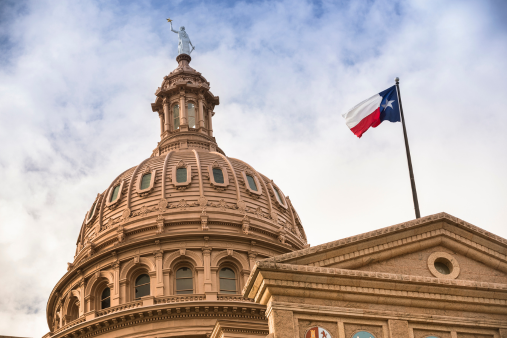Change is afoot. The Trump administration has moved full steam ahead on immigration proposals focused on, among other things, increased scrutiny of employment visas. The proposed changes were announced in a semi-unified agenda and comes at the heels of Trump’s “Buy American and Hire American” Executive Order, which was rolled out earlier this year. If implemented, these changes will affect thousands of immigrants, and may make it more difficult to obtain work authorization for certain categories of employees. This agenda does not by itself modify current immigration programs. The proposals will be subject to a notice and comment process before being enacted. Nevertheless, as employers buckle down for the holidays and new year, they should anticipate the following changes in 2018: H-1B Visa Program: The agenda proposes revising the definition of “specialty occupation” jobs to focus on obtaining the “best and brightest” foreign nationals. Requirements for a specialty occupation currently include, among others things, completion of a U.S. bachelor’s or higher degree, and recognition of expertise in a particular specialty. New definitions of the specialty occupation will likely make it more difficult for companies to sponsor and obtain H-1B visas for skilled workers. This move would have strong implications for workers in science, engineering and technology fields, specialty occupations that typically occupy the H-1B category. H-4 Visas: The agenda proposes ending an Obama-era regulation allowing work permits to H-4 visa holders (dependent spouses of H-1B workers). This could result in lost work permits for more than 100,000 immigrant spouses. Optional Practical Training and F-1 Visas: The agenda proposes improving protections for U.S. workers who “may be negatively impacted” by students employed under F and M visas. Proposed changes include limiting the Optional Practical Training (OPT) program, which allows international students to work in the U.S. Moreover, proposals include dialing back or completely getting rid of on an Obama-era extension of the OPT for students in the science, technology, engineering and mathematics (STEM) fields. That extension provided students with 24 additional months over the 12 months already granted under the OPT. Such changes to the OPT program could make it more difficult to hire students and recent graduates, particularly those with expertise in STEM categories. Employers should expect stricter enforcement of immigration regulations in the new year. While we wait and see whether these proposals go into effect, employers should closely monitor and look out for official government changes, if any, to these proposals.

Employment Visas: Changes to Expect in 2018
Subscribe
Do you want to receive more valuable insights directly in your inbox? Visit our subscription center and let us know what you're interested in learning more about.
View Subscription Center








/Passle/6488d4630e7e25c9ac9f834a/SearchServiceImages/2024-11-14-13-11-27-495-6735f6fff42d6cc59c8ec5c1.jpg)
/Passle/6488d4630e7e25c9ac9f834a/SearchServiceImages/2024-11-11-22-02-38-042-67327efe31216b909e6ea644.jpg)
